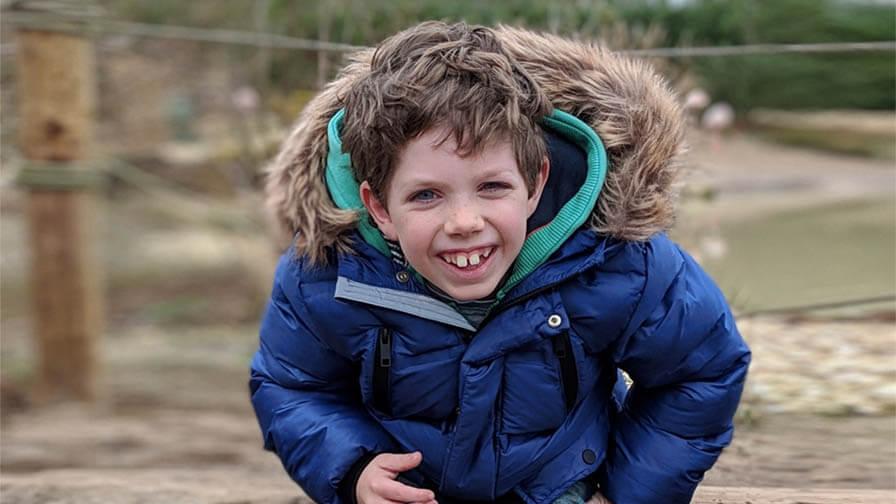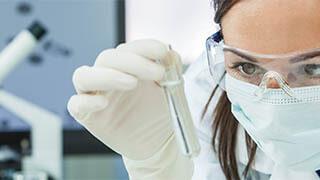
Dystonia is a serious and unpredictable movement disorder in which abnormal signals from the brain trigger uncontrollable, sometimes painful, spasms. It can cause repetitive movements and parts of the body may be twisted into unusual positions. The growth and development of muscles and bones can also be affected, leading to deformities.
Children with dystonia can find all aspects of life difficult, including walking, speaking and eating. It can even become life-threatening. Some suffer ongoing spasms requiring heavy sedation and long hospital stays.
In 2012 Action awarded funding to a team led by Dr Jean-Pierre Lin, a consultant paediatric neurologist at London’s Evelina Children’s Hospital. He sought to improve how a surgical treatment called deep brain stimulation (DBS) was used to treat children suffering from severe dystonia. The method involves the insertion of electrical wires into specific areas of the brain, through which electrical pulses are delivered via a battery to control the spasms.
With Action funding, the team took highly specialised scans to make maps of children’s brains. These new images helped to more clearly identify different areas which could be treated with DBS. They also helped doctors decide when, or not, it was a suitable treatment option and informed neurosurgeons of the best area to insert wires.
These developments have improved the use and chances of success of DBS, and the techniques are now being used to help dramatically improve children’s lives.
Children are already benefiting, and for most, there has been a clear and lasting improvement in their symptoms. Some have had astonishing results, such as being able to walk independently within two to four years.
It is estimated that in the future several hundred children could benefit each year.
Edward, pictured above, underwent DBS surgery aged just three. The procedure transformed his life. Read Edward’s story.

